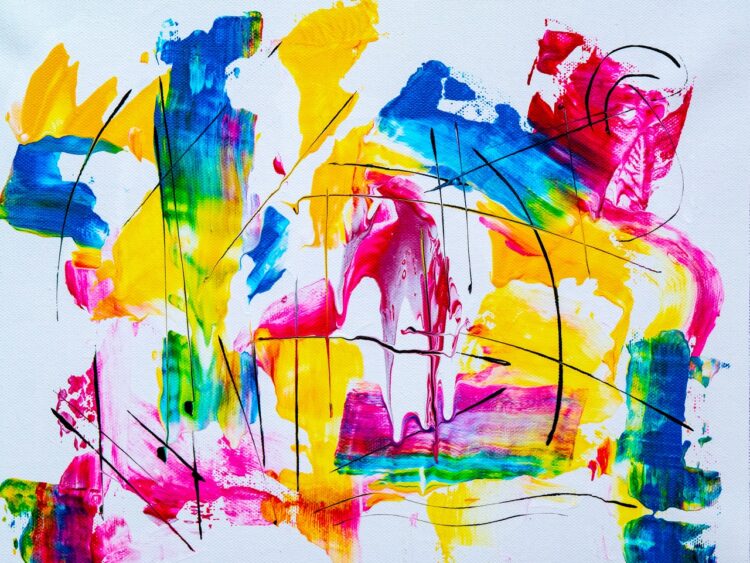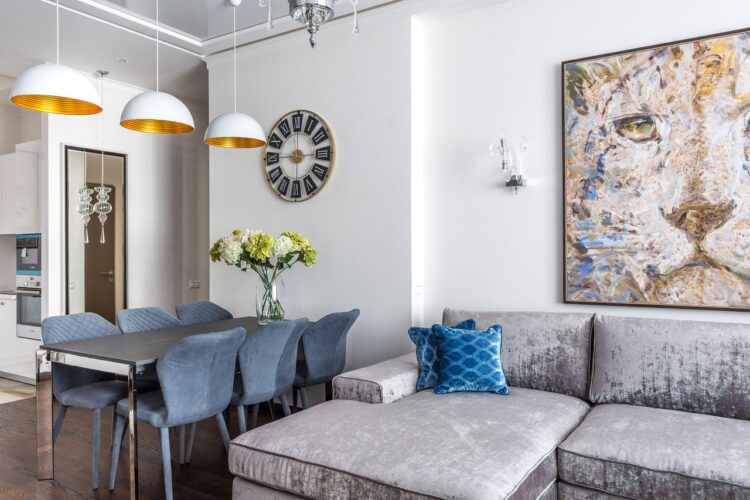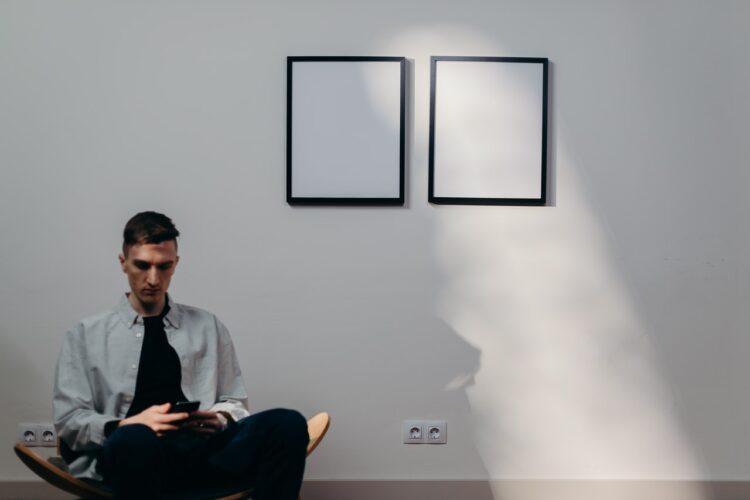Buying new artwork for your home or office is always an exciting experience, whether you’re investing in your first piece or your hundredth. However, no matter how experienced you are with buying art, there is always a lot to consider when purchasing a new piece, especially if you are buying it for a large sum of money. Shop PIA Gallery for modern artwork to match your style and budget. Use modern art print to add some uniqueness to your living room or kitchen. There are so many types of wall art – modern art prints, modern art paintings available online. Whether you enjoy hunting down rare contemporary art pieces online or browsing local galleries to find artwork from up-and-coming modern artists in your area, we’ve put together some top tips and things to look out for when buying modern art.
1. Know Your Preferred Style

Once you have made the decision to start an art collection of your own, it can be all too easy to get caught up in all the excitement of beginning the search for the perfect pieces, being a part of the buzz around certain trending artists, and sometimes, everybody else’s opinions can make it difficult for you to decide which art pieces you should be buying. However, art is subjective, and the main thing to keep in mind when putting together your art collection is your own preferred style and taste. Take some time to think about the style of art that you love, what makes you feel connected to certain art pieces, and what is visually appealing to you. While it’s a good idea to think about the return on investment when putting together a contemporary art collection, this shouldn’t leave you buying anything that you don’t really like.
2. Stick to Your Budget
Whatever you’re buying, budgeting is always a good idea – and this is especially true when it comes to purchasing contemporary art. Art is available at both ends of the price scale and everywhere in between, and not having a firm budget in mind for your next piece could leave you out of pocket if you have a strong emotional connection with a piece that tempts you to pay more than you can afford just to get your hands on it. Sticking to a strict budget will ensure that you only look at the artwork you can comfortably afford and avoid risking your finances.
3. Make Sure It’s a Good Fit

The last thing that you want is to fall in love with a piece of art, only to find that once you have it in your home, there is nowhere suitable to hang it. Many first-time art buyers will absolutely love a piece and buy it without giving much thought to how or where the piece is going to fit into their home. Before you part with your money, be sure to give the practicalities of buying the piece some thought – do you have enough room for it in your home? Will the colours and style fit in with your existing home décor and furniture?
4. Consider Hidden Costs
Budgeting for art is even more important, as some contemporary art can be expensive, especially if you are looking for a Banksy piece, such as those sourced by www.contemporaryarttrader.com. Before making a final decision to purchase a piece of art and add it to your collection, consider what you will have to pay for shipping, packing, insurance, and installation.
5. Consider the Atmosphere in Your Home or Office

Wherever you are choosing art for, it’s important to think about the impact that it can have on the general mood and atmosphere in your home. The art that you display at home can make a massive difference to the overall feel of a room and how you feel when you are in the space. Art with darker themes, for example, might look amazing at first glance, but it could have an impact on your mood if it was hung in your home where you are looking at it every day.
6. Do Your Research
If you have fallen for a piece of artwork, it can be tempting to purchase it as quickly as possible, especially if you are buying it from a seller that you are already familiar with. However, no matter who you are buying from, it is always a good idea to conduct as much research as possible into the piece and the seller, especially if this is the first time that you are buying from them. Ask the seller as many questions as possible about the history of the piece and check its authenticity and overall condition. If you are making the purchase online, you should ask the seller or gallery to send you a condition report and certificate of authenticity before making the purchase. Finally, make sure that you read all the seller’s terms and conditions carefully to ensure that you don’t run into any issues with ownership or insurance.
7. Research The Artist

Along with researching the piece itself, it’s also worth conducting some research into the artist themselves, their background, and other pieces by them. This is especially important if you have discovered a piece of art from a new artist that you love. Check where they have exhibited their art before and how much their work normally sells for to give you a clear idea of their potential for popularity and growth in value over time, especially if you are looking to purchase an investment piece.
8. Don’t Rush
Finally, no matter why you are purchasing contemporary art, the main thing is to make sure that you don’t rush into making a purchase. Whether you’re buying online, in-person, at a gallery, or anywhere else, don’t let anybody talk you into making a purchase quickly before you have had the chance to check out the piece and research its artist. If you are not sure about a piece of art, take some time to really think about it before making the decision whether or not to buy it. Sometimes, asking yourself if you would still be happy to look at the piece in a few years’ time can give you all the answer you need about whether or not you should buy.
Growing a contemporary art collection for your home or office is no easy task. Before adding new pieces to your collection, keep these tips in mind.
 Hi Boox Popular Magazine 2024
Hi Boox Popular Magazine 2024



